Table of Contents
Personal Tech Devices: Smart, Convenient, and Portable
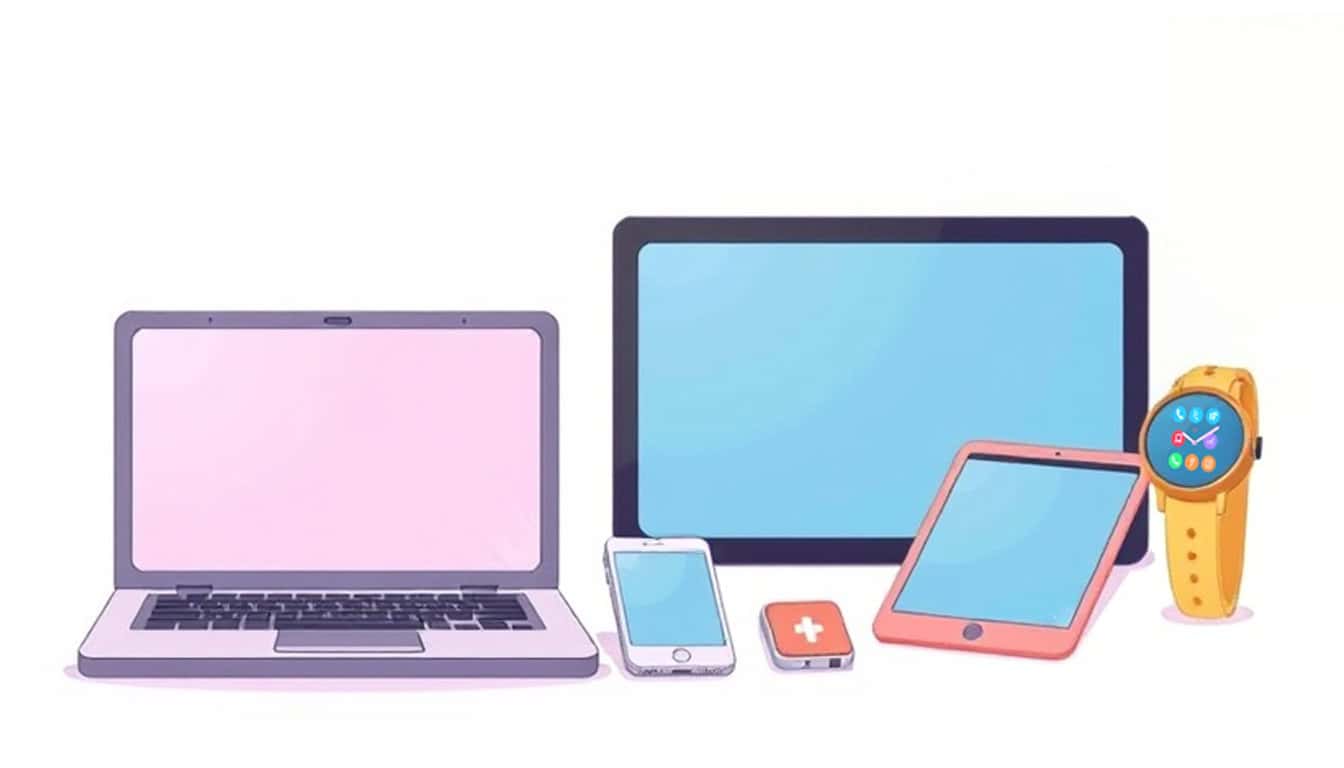
Personal Tech Devices: Smart, Convenient, and Portable
Personal tech devices have completely redefined the way we navigate through daily life, offering a mix of intelligence, convenience, and portability that was once only a dream. From the first time I picked up my smartphone, I was amazed at how seamlessly it integrated into almost every aspect of my day. It was no longer just a communication tool; it became my alarm clock, my personal assistant, my map, and even my fitness tracker.
What really struck me was how these devices, designed to be smart, didn’t just perform tasks but also adapted to my habits. The ability to respond to voice commands or anticipate my needs based on usage patterns made it feel like my personal tech device had a life of its own. This smartness in personal tech devices is not just about performing functions but about simplifying complex processes. It’s the convenience of having a device that fits in your pocket and can handle so many things at once—whether it’s sending an email, booking a ride, or tracking health metrics.
Personally, I’ve found that using these devices has made tasks more streamlined. In my professional life, my laptop has become my workhorse, allowing me to stay connected, organized, and productive regardless of location. What was once confined to an office desk is now a portable workstation, enabling me to work from coffee shops, airports, or even while traveling. The ability to access files, collaborate remotely, and manage work has never been easier.
At home, the convenience factor really hits home. Smart speakers control the lights, play music, and even adjust the thermostat. These devices have cut down the time I used to spend managing household chores and entertainment. Similarly, tablets and smartwatches have made information and communication more accessible, even while on the move. I’ve found myself checking emails, responding to messages, or even managing projects while commuting—tasks that once required stopping and sitting down have been transformed into simple actions I can complete in a matter of seconds.
Portability is another undeniable advantage of these devices. Whether it’s my fitness tracker measuring steps or a smart speaker playing podcasts while I cook, having technology that goes wherever I go is something I truly appreciate. These personal tech devices have not only made life more efficient, but they’ve changed the way I interact with the world around me, making everyday tasks easier, faster, and more connected than ever before.
In this article, I am going to talk about 8 of the most important personal tech devices that I absolutely need in my daily life.
1. Personal Tech Devices: Smartphones
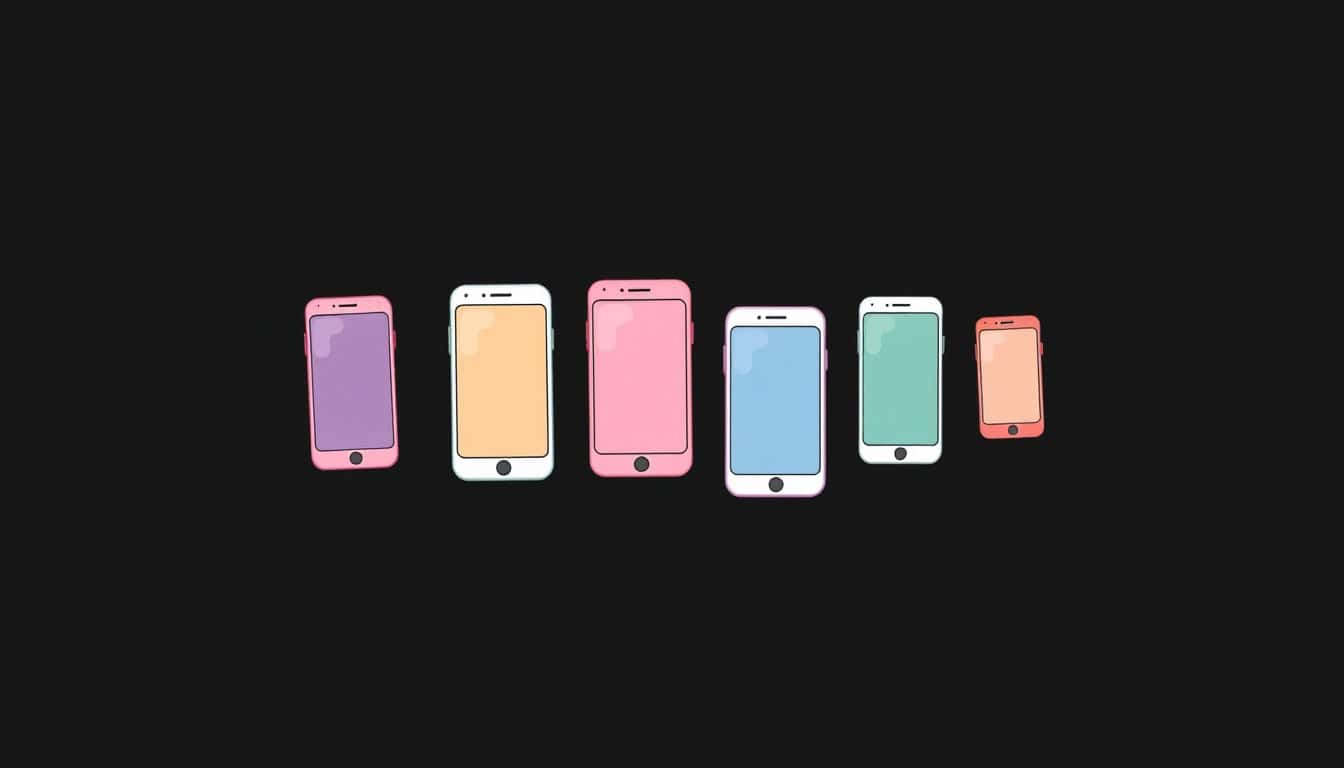
Personal Tech Devices — Smartphones
Smartphones have undeniably reshaped the way we interact with the world. From my personal experience, I’ve come to rely on my smartphone for nearly every aspect of my daily life. It’s not just a communication tool anymore; it’s become a mini-computer, a camera, a payment method, and even a personal assistant. Initially, smartphones served as devices to make calls and send texts, but as they became more sophisticated, they opened up a world of possibilities. Today, my smartphone is essential for staying connected, whether it’s replying to work emails, checking social media, or managing my finances through banking apps.
What stands out about smartphones is their ability to consolidate multiple devices into one. I no longer need a separate GPS, camera, or music player because my phone does it all. I still remember the first time I used a smartphone with a decent camera and thought about how much it would simplify my life. The convenience of taking high-quality photos and instantly sharing them with friends and family was something that was never possible with older phones. Over the years, this trend of integrating more features into smartphones has only increased. These personal tech devices have become central to my social life, allowing me to stay connected through messaging apps and video calls, no matter where I am.
In the professional realm, smartphones have become indispensable. I can attend virtual meetings, check documents, and even collaborate on projects from anywhere in the world. The integration with cloud services makes it easy to access work files or share documents, even when I’m away from my laptop. For me, smartphones have removed the boundaries between work and personal life. While this constant connectivity offers flexibility, it also presents its challenges. The pressure to be available all the time can be overwhelming, and sometimes, it feels like the line between work and relaxation is blurry. However, with thoughtful management, smartphones can enhance both productivity and personal enjoyment without becoming a source of stress.
Ultimately, smartphones have gone from being luxury items to necessities, becoming indispensable personal tech devices that make life simpler, more connected, and more efficient.
2. Personal Tech Devices: Laptops
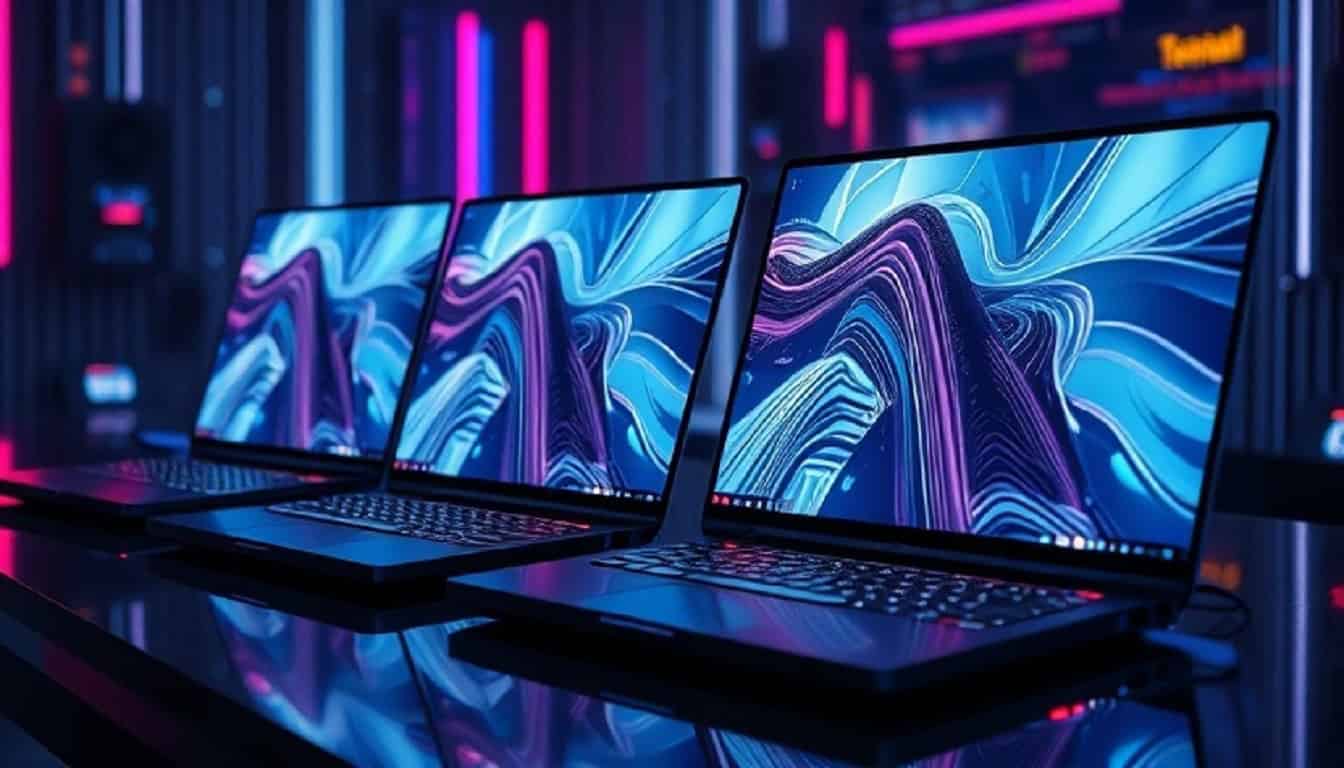
Personal Tech Devices – Laptops
Laptops, in my experience, are the cornerstone of personal computing. While smartphones excel at handling quick tasks, the laptop remains unrivaled when it comes to full-scale productivity. I find that laptops offer the kind of flexibility that smartphones just can’t match, especially when it comes to more intensive tasks like writing, coding, or graphic design. The larger screen, combined with the full keyboard, makes it easier to focus on complex projects and stay organized. Unlike smartphones, which are often used for casual browsing or quick communication, laptops are designed to handle longer, more detailed workflows.
What makes laptops particularly invaluable for me is their versatility. They’re portable enough to take on the go but powerful enough to be used for both professional and personal projects. I use my laptop for work-related tasks such as writing reports, editing videos, and conducting research, but it’s also my device of choice when I need to relax with a movie or play a game. In this way, laptops are personal tech devices that manage to balance work and play seamlessly. Whether I’m using productivity software or creative tools, laptops provide the resources and space to accomplish tasks in a more efficient and organized manner.
The portability of laptops is another factor I truly appreciate. There’s something uniquely freeing about being able to work from any location—whether that’s at a coffee shop, a park, or while traveling. I’ve found that being able to take my work with me on the road has not only increased my productivity but also enhanced my sense of freedom. However, laptops are not without their drawbacks. Their battery life can be limiting during extended use, and while they are portable, they can still be bulkier than smartphones or tablets. Still, for anyone who needs a balance of power, functionality, and portability, laptops continue to be one of the most reliable personal tech devices.
In the professional realm, laptops have allowed me to work remotely, collaborate with team members across different time zones, and store large amounts of data. These devices have significantly enhanced my ability to work from almost anywhere, transforming the way I manage my career and personal life.
3. Personal Tech Devices: Smartwatches

Personal Tech Devices – Smartwatches
When I first started using a smartwatch, I wasn’t sure how much of an impact it would have on my daily life. However, over time, I’ve come to realize just how much these personal tech devices can enhance both convenience and health management. At first glance, a smartwatch might seem like just another gadget, but its functionality goes far beyond that. For me, it’s become an essential tool for monitoring my health and staying on top of my schedule. I can track my steps, monitor my heart rate, and even measure my sleep patterns—all from my wrist. It’s like having a personal trainer and health coach right there with me, offering insights that I never had before.
What stands out about smartwatches is how they enhance the overall convenience of managing day-to-day tasks. I no longer have to reach for my phone to check messages or notifications. With just a glance at my wrist, I can quickly see if an email or text requires my attention. I’ve also found it incredibly useful during workouts—whether it’s tracking my exercise routine or setting fitness goals, the smartwatch offers real-time data that helps me stay focused on my health goals. The integration of voice assistants, like Siri or Google Assistant, further elevates the smartwatch’s usability, allowing me to set reminders, send texts, or control smart home devices with a simple command.
Beyond fitness, smartwatches have proven to be valuable in managing my daily routine. For example, I use mine to get alerts for upcoming appointments, check the weather, or track my sleep. It’s like having a personal assistant on my wrist that keeps me organized and on track. One of the most significant advantages of using a smartwatch, in my experience, is how much it reduces the need for me to interact with my smartphone. With everything I need right on my wrist, I can stay productive without constantly pulling my phone out of my pocket or bag.
However, smartwatches are not without their limitations. While they offer impressive functionality, the small screen size can make tasks like responding to messages or reading emails cumbersome. Additionally, their battery life, though improving, can sometimes feel inadequate, especially with constant use. Despite these drawbacks, smartwatches are undoubtedly one of the most useful personal tech devices, offering convenience, efficiency, and health benefits that make daily life easier and more organized.
4. Personal Tech Devices: Tablets

Personal Tech Devices – Tablets
Tablets, like many personal tech devices, have carved a unique niche in today’s tech landscape. For me, tablets are the perfect blend between the portability of smartphones and the functionality of laptops. They offer the ability to carry out most of the tasks I would do on a laptop—like browsing, watching videos, or reading—while remaining more lightweight and portable. I use my tablet both for work and leisure, often relying on it for reading books, watching movies, or quickly browsing the internet when I want a screen that’s larger than my smartphone but more compact than a laptop.
What I appreciate most about tablets is how they’ve enhanced my productivity in ways that don’t require the full computing power of a laptop. With apps tailored for creative work, note-taking, and productivity, tablets can easily replace laptops for certain tasks. I’ve used mine for sketching, organizing notes, and writing, and it’s been especially useful for on-the-go projects. The versatility of tablets, paired with their touchscreen interface, offers a fluid and intuitive user experience that isn’t quite matched by other personal tech devices.
In the professional context, tablets serve as a fantastic complement to both smartphones and laptops. While smartphones are great for staying connected and laptops are essential for serious work, tablets allow me to balance both worlds. I use it to review documents, respond to emails, and even conduct video calls—tasks that are often done with a smartphone, but with the added benefit of a larger screen and more flexibility. For personal use, I find that tablets are ideal for relaxing or traveling. They are much lighter than a laptop, yet large enough to offer a satisfying viewing experience for movies or eBooks.
Despite their many advantages, tablets do come with some trade-offs. They don’t provide the full functionality of a laptop, particularly for tasks that require more processing power, like video editing or gaming. They also lack the extensive app ecosystem that desktops or laptops offer. However, as a middle ground between smartphones and laptops, tablets continue to serve as essential personal tech devices, offering a perfect balance between portability and performance.
5. Personal Tech Devices: Fitness Trackers

Personal Tech Devices – Fitness Trackers
Fitness trackers have been one of the most life-changing personal tech devices I’ve come across. I still remember the first time I strapped a fitness tracker to my wrist; it felt almost futuristic as if I were about to enter a new world of health and fitness monitoring. At first, I wasn’t sure how much value such a small device could offer, but over time, it’s become an essential part of my daily routine.
What started as a way to monitor steps and activity levels has transformed into a comprehensive tool for tracking my overall health and fitness progress. These devices have a way of making me more mindful of my physical activity, reminding me when I’ve been sedentary for too long or motivating me to hit my step goals.
One of the most significant advantages I’ve found with fitness trackers is their ability to monitor a range of health metrics in real time. Beyond simply tracking steps, many of today’s trackers offer advanced features such as heart rate monitoring, sleep tracking, calorie counting, and even blood oxygen saturation levels. I often check my sleep data after waking up, as it gives me insights into my sleep quality and helps me understand how lifestyle factors affect my rest. This data has made me more conscious of the importance of quality sleep, encouraging me to adjust my habits to improve my overall health.
Fitness trackers have also become indispensable tools for those with specific fitness goals. For example, during my runs, I rely on the heart rate monitoring feature to ensure I’m staying within the optimal zone for fat-burning or endurance training. This real-time feedback allows me to tailor my workouts for maximum efficiency. The continuous tracking of my steps, calories burned, and even stress levels provides a more holistic view of my fitness journey. I’ve learned to appreciate how these personal tech devices provide an actionable snapshot of my overall wellness, not just individual metrics. I can review trends, set new goals, and celebrate milestones, all within the convenience of my wrist.
However, as much as fitness trackers can be incredibly helpful, they are not without their challenges. The constant need to charge the device, for instance, can be a hassle, especially if I forget to charge it overnight. Also, while fitness trackers are generally accurate, I’ve found that some metrics, like calorie tracking, can be a bit off, which can be frustrating if I’m trying to be precise about my fitness goals. Despite these minor setbacks, the overall impact fitness trackers have had on my lifestyle is undeniable. They are one of the personal tech devices that have pushed me to become more active, mindful, and in tune with my body’s needs.
6. Personal Tech Devices: Smart Speakers
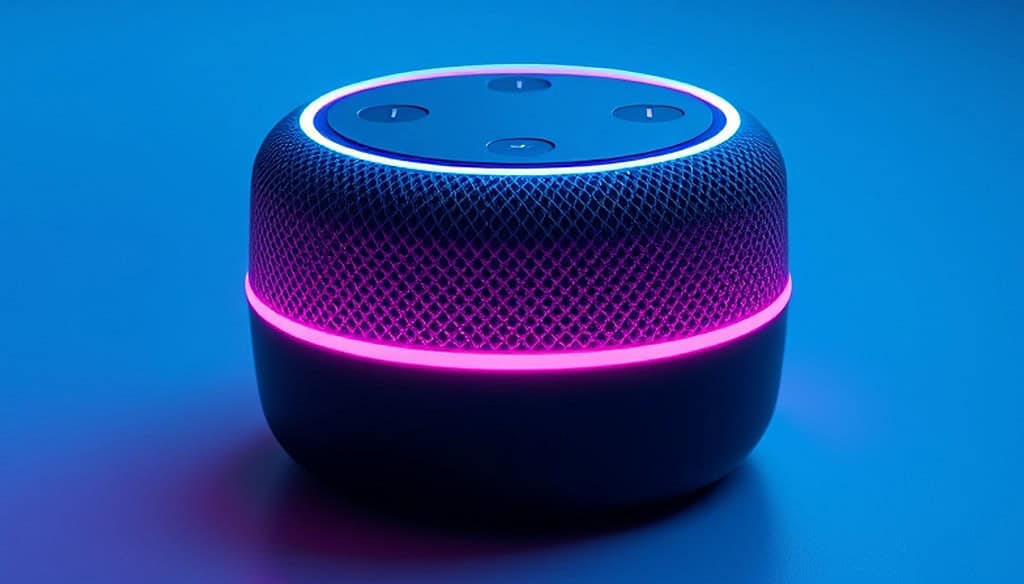
Personal Tech Devices – Smart Speakers
Smart speakers are another category of personal tech devices that have deeply integrated into my daily life. I remember when I first used a smart speaker—it was such a simple yet revolutionary experience. The idea that I could speak to my device and have it play music, set reminders, or control my smart home was a game-changer. Over time, I’ve found that my smart speaker isn’t just a convenience; it’s become an essential part of my home. It’s no longer just about playing music or answering questions—it’s a hub that connects other devices, making everything in my home more integrated and efficient.
One of the things I love most about my smart speaker is how seamlessly it fits into my daily routine. Whether I’m cooking dinner, cleaning, or relaxing, the ability to ask my smart speaker to play a song, check the weather, or set a timer without lifting a finger has made a significant impact. I’ve even integrated it with other smart devices, such as lights and thermostats, so I can control everything with just my voice. The level of convenience it offers has made me realize how much time I used to spend on tasks that could easily be handled by a voice assistant.
For me, smart speakers also play a huge role in keeping me organized. I use it to set reminders, create to-do lists, and even schedule appointments. It’s like having a personal assistant on standby, and it’s saved me from missing appointments or forgetting important tasks. I can even ask it to tell me the latest news or weather updates, all while I’m going about my day. The incorporation of third-party applications has significantly enhanced the capabilities of these devices. I use it to control my smart home, order groceries, or even track packages, all through voice commands. The simplicity and efficiency smart speakers offer have made them indispensable in my life.
Nevertheless, these personal technology devices come with certain limitations. A major concern is the matter of privacy. I’m always aware that my smart speaker is listening to my commands, but I can’t help but feel a little uneasy about the idea of it constantly listening in on my conversations. While companies claim that the devices are designed with privacy in mind, it’s difficult to fully trust that everything is secure.
Additionally, while smart speakers have made everyday tasks easier, they can still struggle with more complex requests. I’ve found that they sometimes misunderstand my commands or can’t handle specific queries, which can be frustrating. Despite these drawbacks, I continue to find smart speakers invaluable, thanks to the convenience they offer in daily life.
7. Personal Tech Devices: Smart TVs

Personal Tech Devices –Smart TV
When I think of how my entertainment experience has evolved, smart TVs are one of the most significant contributors to that change. I remember when the idea of “streaming” TV shows and movies was still a novelty, but now, it’s the primary way I consume media. Smart TVs have completely transformed how I watch content, offering an experience that’s far beyond what traditional television could provide. These personal tech devices have blurred the lines between televisions and computers, allowing for a seamless integration of the internet and entertainment.
I’ve found that the convenience of having access to streaming platforms like Netflix, Hulu, and YouTube directly on my TV is something I can’t live without. No longer do I need to fiddle with wires or external devices to watch my favorite shows. The built-in apps on smart TVs make it incredibly easy to access content, and with features like voice control, I no longer have to hunt for the remote to find something to watch. I can simply ask my TV to play my favorite show, change the channel, or search for new content, all with my voice.
Another aspect I love about smart TVs is the ability to mirror content from my phone or laptop. Whether I’m sharing photos with friends, watching a video, or even doing video conferencing, the process is incredibly simple. I’ve used this feature to share videos with my family or to work on presentations during meetings. It’s an added layer of convenience that makes smart TVs not just a tool for entertainment but for communication and collaboration as well. The connectivity and integration with other smart devices in the home have further elevated the TV’s role as a central hub in my living space.
Despite all these advantages, there are a few downsides to smart TVs. One of the most obvious is the complexity of navigating through different apps and settings. While smart TVs provide an intuitive interface, they can sometimes become overwhelming with the number of options available.
Additionally, the constant software updates can occasionally cause interruptions or glitches, which can be frustrating during a movie or show. Security and privacy are also concerns. Since smart TVs are connected to the internet, there’s always the risk of data collection or hacking. I’ve had to be mindful of the permissions I grant these devices to protect my personal information. Despite these drawbacks, smart TVs continue to enhance my entertainment experience and are a key player in the world of personal tech devices.
8. Personal Tech Devices: E-Readers
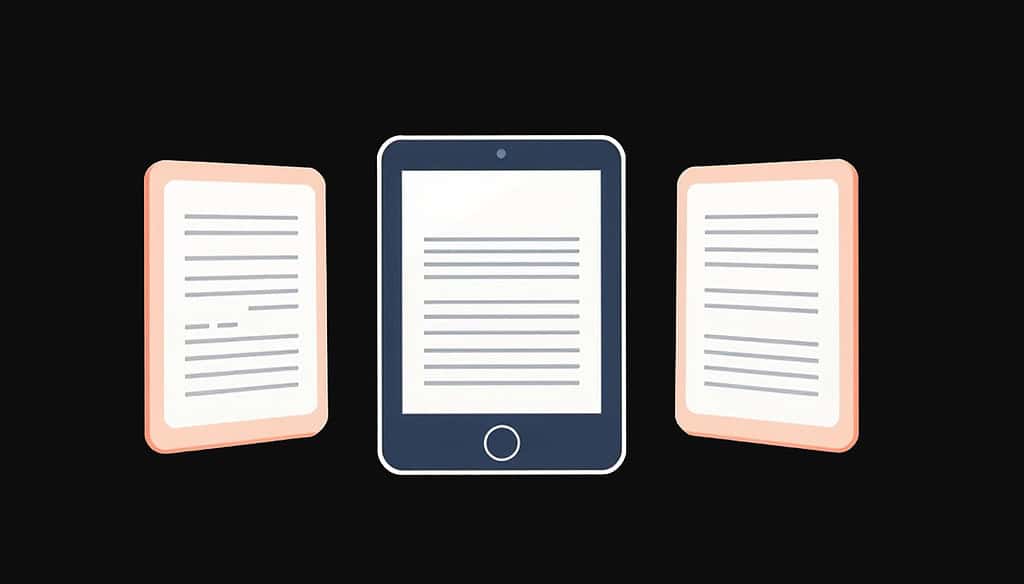
Personal Tech Devices — E-Readers
E-readers have brought a refreshing change to how I read books, and I can say without hesitation that they’ve transformed my reading habits for the better. As much as I love the feel of a physical book, there’s something incredibly convenient about having an entire library in the palm of my hand. I no longer need to carry around bulky books when I travel, and I can easily switch between reading materials without worrying about space. The compact design and lightweight nature of e-readers make them ideal companions for anyone who loves reading on the go.
One of the most significant advantages I’ve found with e-readers is the ability to adjust the font size, brightness, and even the background color to suit my preferences. This customization allows me to create the perfect reading environment, whether I’m reading indoors or in direct sunlight. The e-ink technology used in most e-readers mimics the experience of reading paper, which reduces eye strain, especially during long reading sessions. I’ve found this to be particularly important, as I tend to read for hours at a time, and the comfort level e-readers provide has significantly enhanced my experience.
Another feature that I’ve come to appreciate is the built-in dictionary and note-taking functionality. Whenever I come across a word I don’t understand, I can look it up instantly, and I can highlight sections or make notes without ever needing to pick up a pen. This has made my reading experience not just more enjoyable but more educational as well. The convenience of having access to thousands of books at my fingertips has revolutionized how I consume literature. Whether I’m reading for pleasure or learning something new, the ability to carry a vast library without the physical bulk is invaluable.
However, as much as I enjoy using e-readers, they do come with some limitations. The main issue I’ve encountered is that e-readers are often limited to a specific format for reading materials. While most e-readers support popular file types like ePub and PDF, there are times when certain books or documents aren’t compatible. Additionally, the lack of color on most e-readers can be a drawback when reading materials that rely heavily on visuals or graphics, such as comic books or illustrated textbooks. Despite these minor limitations, e-readers have greatly improved my reading habits and are one of the most practical and enjoyable personal tech devices I’ve integrated into my life.
Personal Tech Devices: Some Drawbacks
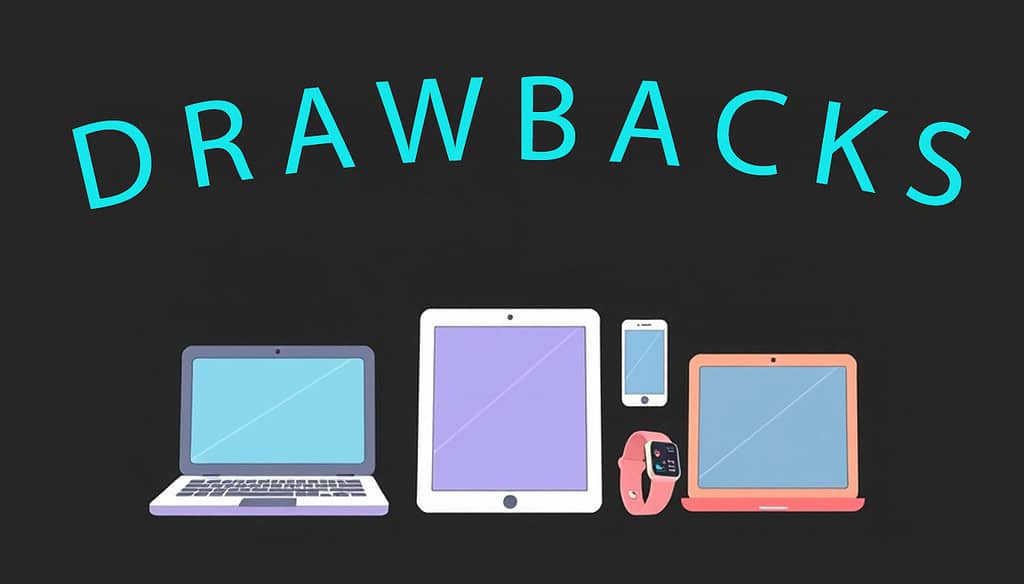
Drawbacks
While personal tech devices have undoubtedly made our lives more efficient, streamlined, and connected, they also come with their fair share of drawbacks—something I’ve personally come to realize over time. I’ll be the first to admit that I rely heavily on my smartphone, tablet, and laptop, but as much as they add convenience, they also have a tendency to invade my personal space.
The constant stream of notifications, messages, and alerts can be overwhelming at times. I find myself checking my phone more frequently than I’d like, often distracted from the present moment. This addiction to connectivity can make it harder to truly unplug and disconnect, leading to what many describe as “information overload.”
Another downside is how personal tech devices contribute to physical discomfort. I’ve experienced this firsthand, especially after long hours of screen time. Whether it’s typing away on my laptop or scrolling through my smartphone, I’ve felt the strain in my eyes, neck, and wrists. The convenience of these devices comes at the expense of good posture and eye health.
While many of us use fitness trackers to monitor our health, the irony isn’t lost on me when I think about how my personal tech devices can promote a sedentary lifestyle, despite their health-oriented features. They encourage multitasking and staying connected, but I’ve noticed that this can lead to less movement and more screen time, which isn’t always the healthiest routine.
Another issue is the constant dependence on charging. As portable as they are, personal tech devices often need to be plugged in to keep functioning, which is a hassle, especially on long days when I’m out and about. It’s frustrating to be in the middle of a task or call only to find the battery running low. And while wireless charging has helped a bit, I’ve found myself carrying around power banks and looking for charging stations more often than I’d like.
Lastly, the privacy concerns surrounding personal tech devices are something I can’t ignore. Although these devices offer immense benefits, the trade-off is often personal data being collected and analyzed by tech companies. While I enjoy the convenience of personalized recommendations, I’m also aware that my movements, habits, and preferences are being tracked constantly. These devices are incredibly helpful, but they also make me wonder about the cost of that convenience in terms of personal privacy and data security.
In sum, while personal tech devices are integral to modern life, they come with a complex set of challenges that I’ve come to appreciate and try to navigate every day.
Disclaimers: *This article is for informational purposes only.
**Do not make your decision solely based on the information provided in this article
***We can not warrant that all the information in this article is 100% accurate.
****Some information provided in this article may vary or change in the future.
Read Tech Related Articles
- Xiaomi Mix Flip: 8 Reasons to Choose This Amazing Flip Phone
- Xiaomi 14T Pro Review: Discover Unmatched Power With Style
- 8 Big Ways Aged People Are Benefitting From Smartphones
- 8 Big Ways Women’s Empowerment is Aided by Smartphones
- Xiaomi Mix Fold 4 Review: Novelty Meets Superb Features
- Xiaomi 15 Pro Review: Vigorous with Incredible Features (Early Review)
- iPhone 15 Plus Review: Dynamic With Commanding Features
- 8 Big Ways Female Entrepreneurs Are Benefiting From FinTechs
- iPhone 16 Review: An Elegant Smartphone With Colossal Might
- iPhone 16 Pro Review: Formidable With Stunning Aesthetics
- iPhone 16 Plus Review: Powerful Phone With Superb Features
- Top 5 iPhones in 2024: Epic Smartphones with Power and Style
- 8 Big Ways Small Businesses in India is Aided by Smartphones
- OnePlus 12 Review: Interesting Blend of Features and Value
- Google Pixel 9 Pro XL Review: Best Google Phone Yet
- Top 5 Samsung Smartphones 2024: Alluring and Vivid
- Xiaomi 14 Ultra Review: A Stylish Smartphone with Incredible Features
- iPhone 16 Pro Max Review: Elegant With Incredible Features
- Top 8 Smartphones in 2024 That You Should Take A Note Of
Read AI Related Articles
- Canva Magic Media Review: 8 Reasons Why It is Unique
- Adobe Firefly AI Review: 8 Powerful Reasons to Love It
- Midjourney AI Review: Transforming Creativity with AI Art
- Create AI Images With Stable Diffusion 3: Step By Step
- Stable Diffusion 3 AI Review: An Incredible Image Generator
- DALL-E 3 AI Image Generator: Creating Incredible Images
- Dall-e 3 Image Generator Review: The Best AI Image Creator
- 8 Best AI Image Generators That You Must Know About
- AI Images: 8 Simple Steps To Create Images Using AI




